Why Regent Properties Is Gung-Ho on Office
Coming off a series of major Sun Belt acquisitions, Regent CEO Eric Fleiss talks about his confidence in the sector.
An ongoing health crisis and major fluctuations in the office market haven’t stopped Regent Properties from going all in on the sector.
The firm has been on a buying spree for a few good months now, after announcing in 2021 it would invest more than $2 billion in office properties across the Sunbelt. Major acquisitions in San Diego, Austin and Dallas have been reflecting Regent’s strategy. It’s a bold move for the Los Angeles and Dallas-based company, in a time when many are questioning what the future will look like for commercial office space.
READ ALSO: Office Sector Makes Headway in Texas
Commercial Property Executive recently spoke to Regent CEO Eric Fleiss about what makes him so bullish on the office market and where his company is looking to buy next. The Manhattan native, who joined Regent in 2005 and has led the firm since being named CEO in 2010, talks about his firm’s “contrarian” nature, confidence in local knowledge and more.
This interview has been edited and condensed for clarity.
How are you? It’s been a wild 2+ years.
It has been. We’ve been really busy at Regent. It’s been a really interesting spectrum of emotions from complete ignorance as to what would happen in the world in March and April 2020 to where we are today.
Last year, your firm announced a plan to invest more than $2 billion in high-quality office properties. Given the volatility and uncertainty surrounding the office market, what made you choose it?
I think a couple things. First, the genetics of our firm. We’re a vertically integrated real estate developer, operator, manager, and so we’re very close to the assets. We’re not a private equity firm, we’re not a capital allocator. We are on the ground managing, leasing, building, renovating assets across the Sun Belt. I think we have great perspective and data on what’s going on in the office asset class, on which to base our decisions.
We did not have any data in March 2020. We did not know what would happen—had no idea. We were playing defense I think, like most real estate operators in most asset classes. Since then, we’ve leased almost 1.5 million square feet across our roughly 7 million-square-foot portfolio. We feel like we know what’s working, we know what’s not working and we’re pretty excited about the opportunity to buy high-quality assets in a market where people really just don’t like them.
READ ALSO: Wait-and-See Period for Office Tenants Is Ending, Says CBRE
We tend to be somewhat contrarian by nature as a firm. We think that makes the best consistent returns, to not always go where all the momentum is, and I think the opportunity to buy really high-quality office towers and frankly, even to buy high-quality real estate that just happens to have office towers on top of it, at a discount, is really attractive to us today.
Do you plan to upgrade the assets you’ve been acquiring? What kinds of things will you add or improve?
As a firm, we do everything from greenfield development to very light renovation and releasing. We run the gamut as value-add and opportunistic developers on what we do on any given project. Right now, within our portfolio, we are looking at everything from ground-up and residential development to very light renovation, light capex. So, the acquisitions that we’ve made since COVID-19 started all represent that range of opportunities.
How do you choose a city to buy in?
Generally speaking, the high-level answer to that question is pretty easy—we’re focused on the Sun Belt. That’s what we know and that’s what we do. Our investors pay us to look for opportunities and to execute deals there. That also colors our perspective, from a national point of view and certainly from a global point of view. I think, generally speaking, the real estate press but also the major media press really doesn’t understand the nuances of what’s going on market by market.
The office demand and return-to-work picture in the Boston area, for example, is nothing like it is in a Dallas city. The situation in New York is not a whole lot like Houston. These are just very different markets. I think the Sun Belt in general has a very different look and feel for return to office and office utilization than Northern cities, but even internationally there are other countries that have a very different office utilization pattern than the U.S.
I think this is a very regional recovery. It’s a very hyperlocal trajectory, and I think a lot of that is because of the kind of patchwork of different regulations and political formulations that we have in the U.S., let alone globally. So generally speaking, we’re focused on the Sun Belt. Within the Sun Belt, we’re focused on the fastest-growing markets. Our acquisition targets are Nashville, Charlotte, Atlanta, Dallas, Austin, Denver, Phoenix, San Diego—those kinds of high-growth markets. And then within those markets, certain submarkets we really like and certain ones we really don’t. Some markets really fit our model and some don’t at all.
Austin has been a hotspot for investment over the last few years. Do you see your firm making buys in other major Texas cities, like Houston or Dallas?
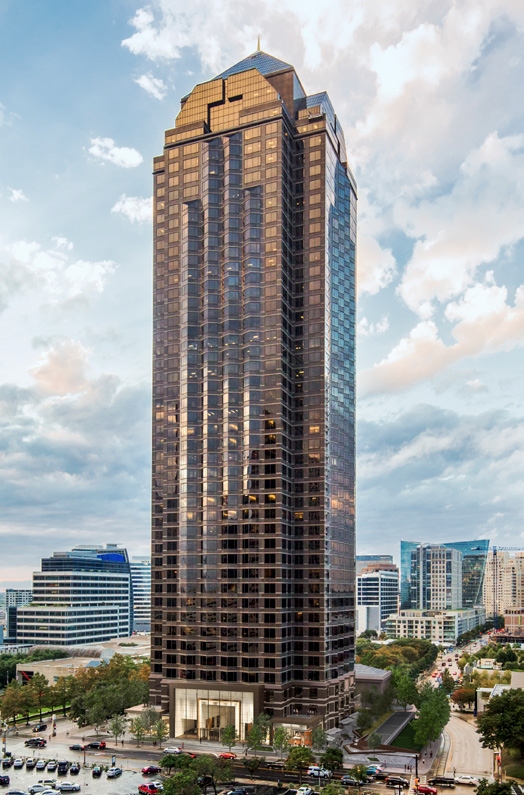
One of Dallas’ most recognizable office towers, Trammell Crow Center, was acquired by Regent in March from J.P. Morgan Global Alternatives. Photo courtesy of Regent Properties
We just made a very big buy in Austin in December. We bought 816 North Congress. That’s an asset with multiple levels of redevelopment opportunities. It’s a building with good bones. The previous owner had not updated the lobby or the retail, all of which is needed for a building like that. And then there are some other opportunities for redevelopment around it that we’re really excited about, with some parcels that came with that property.
In Dallas, we just purchased Trammell Crow Center, which in our opinion is one of the most iconic buildings in the state of Texas, let alone the city of Dallas. We’re very excited—same thing—we actually purchased two city blocks along with the office tower. There’s a development opportunity across the street from the office tower that we’re very excited about and then some things within the building itself that we’re excited to do some work on.
In Houston, we’re always on the lookout for more assets. I think Houston’s a market that office investors are scared of and oftentimes unduly scared of. I think there’s certain product in Houston that works really well and certain product that doesn’t. I think there’s certain submarkets that are really great and certain that aren’t. And we’ve had good success in Houston. We have a building in the Galleria that way outperformed the market. We leased almost 300,000 square feet during COVID-19 in a 500,000-square-foot building. And that’s when oil prices hadn’t come up either, so Houston was still really mired in recession, and then the pandemic hit.
What about the niche sectors that have taken off in recent years, like life science—would you make a big push to invest there?
I think there is so much money chasing those opportunities today that that’s the kind of thing that gets us to back off. We really do like to zig when other people zag.
I think it’s a growing industry and there are some beautiful assets that people have built. It sure feels to me very, very hot and so I get nervous with sectors like that that get very hot very fast. We’re not that kind of player. We really look for value in what we buy, rather than focus on kind of momentum and growth. But I think it’s a trend that’s not going away anytime soon, that’s for sure.
What’s something people don’t know about you?
I do a lot of work with the Boy Scouts. I relocated to Dallas a year ago, but I was on the board of the West L.A. Scouts Council. I love the Boy Scouts, I love how the organization has rebounded from a really tough set of blows, through the lawsuits, which are almost resolved now. It was a great organization that had some tragic outcomes, and it has rebounded really well.
I think it provides boys—and now girls, as it’s changed its name to Scouts BSA—really great opportunities to learn traditional outdoor values. How to pitch a tent, how to live outdoors, how to be safe making a fire and how to cook food for yourself. And I think through the lens of these outdoor activities and hikes and campouts and that kind of stuff and what parents should love about it is it actually teaches kids self-reliance, how to pack your own bag and how to take care of yourself and how to be an individual, and I think that’s wonderful.
So what people don’t know about me is that I’m actually an assistant scout master. I don’t mind wearing the uniform, as silly as that sounds. It’s a really wonderful organization and I’m really proud, particularly with the West L.A. Council, I’ve done a lot of work to help underprivileged kids get outdoors, get to the woods to see trees and birds and blue skies and all that kind of stuff. I think it’s just part of human nature and it’s a very important thing.
How’s the move from California to Texas been?
You know, it’s been great. I was pushing my wife to do this for five years, and it was only COVID-19 that got my wife to agree with me. So, we’re really excited to be here.

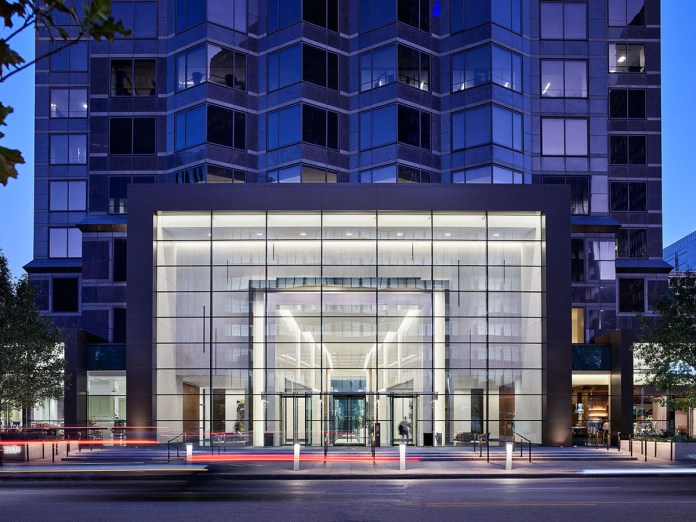
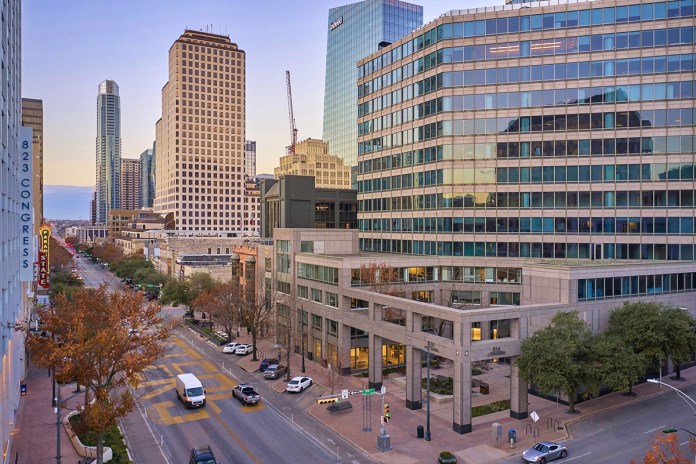
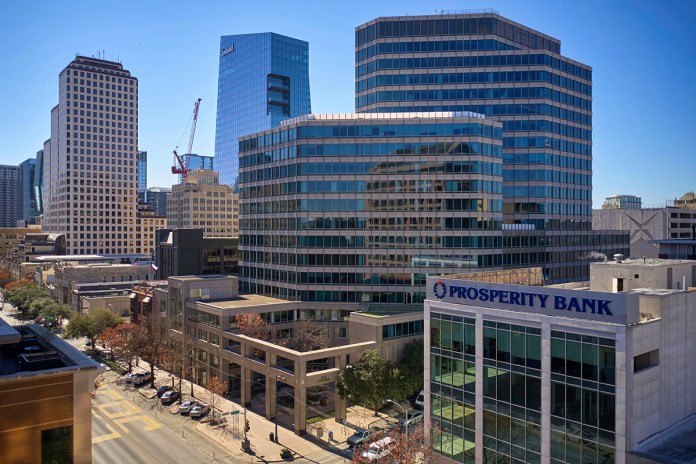
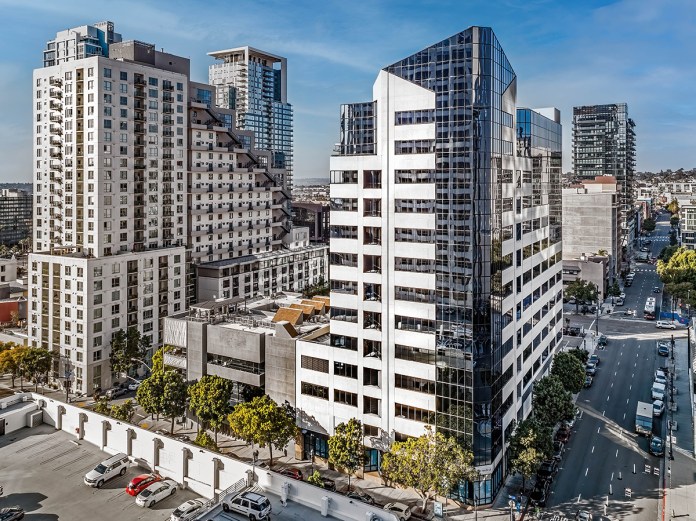
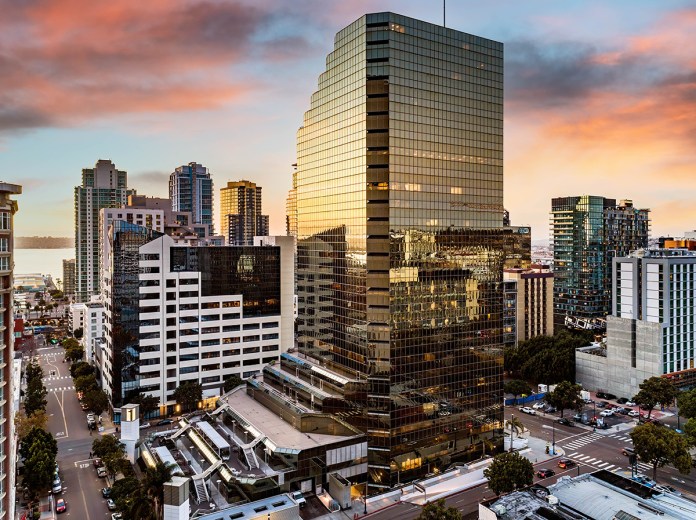
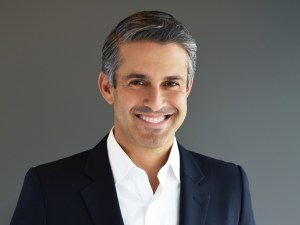







You must be logged in to post a comment.